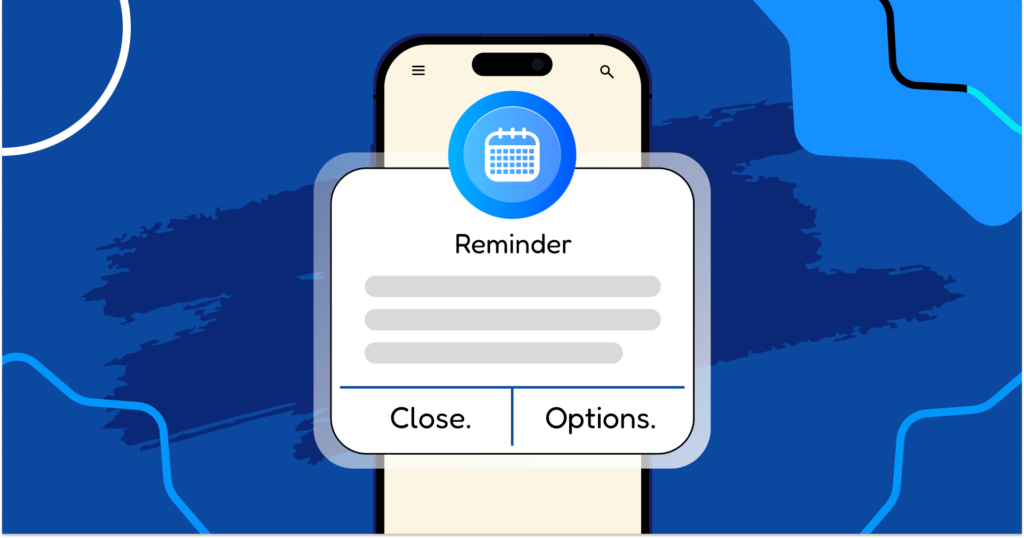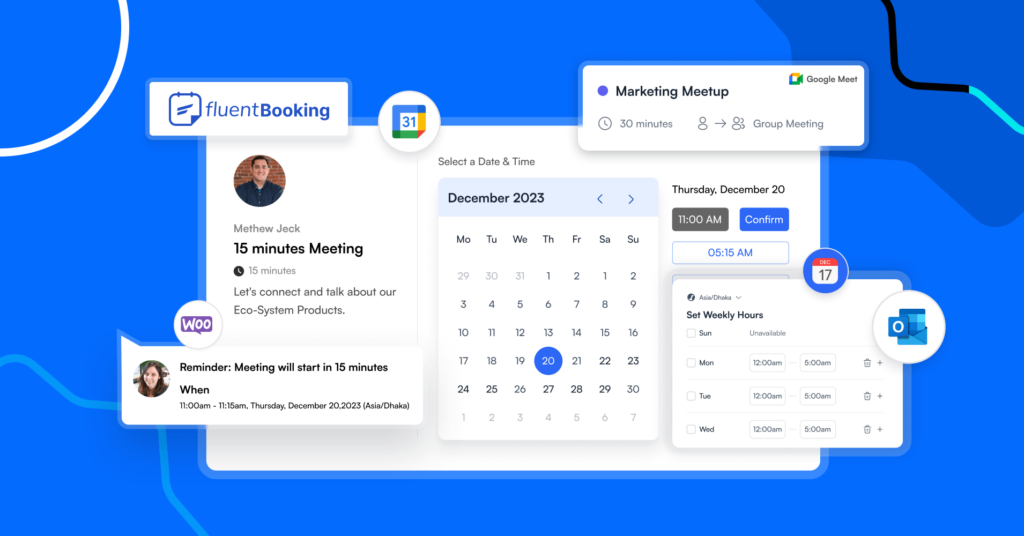
Subscribe for weekly email
We won’t send you spam.
It’s a Monday morning. You’re all set to attend a brainstorming meeting. You walk in, hoping for a room full of excitement and some great ideas. But instead, you end up in a yawn fest. The meeting seems to go on forever, and you’re left wondering where all the creativity and enthusiasm went.
Does that sound familiar? It probably does. We’ve all had those dull brainstorming sessions that should have been more meaningful and exciting.
But don’t worry! In this article, we’ll figure out how to make them engaging again with some winning tips and strategies.
Let’s learn how to run a creative brainstorming session that actually produces great ideas!
What is a Brainstorming Session?
Brainstorming meetings are all about gathering together and coming up with new and diverse perspectives. Team members get together, either in person or online, to talk, discuss, and jot down individual ideas. The aim? Solving problems or creating new opportunities.
Group and one-on-one brainstorming meetings encourage collaboration among employees by providing opportunities for sharing ideas and perspectives.
Key Benefits of Conducting Brainstorming Meetings
All types of meetings bring their own set of benefits. Let’s look at the key advantages that a brainstorming meeting offers:
Helps to Generate Diverse Ideas
Brainstorming lets your mind wander and discover new ideas you may not have considered before. It’s a great way to boost innovation, broaden your creative thinking, and come up with lots of fresh perspectives.
Offers Learning Opportunity
Through brainstorming sessions, team members get the opportunity to learn from each other’s experiences and insights. This can help them become more open-minded and contribute to their personal growth and learning.
Improves Problem-solving Capabilities
Successful brainstorming sessions can help you see problems from different angles, leading to unique solutions. It’s a great way to identify underlying problems and find effective ways to overcome obstacles.
Minimizes Risks
Brainstorming meetings help teams spot problems early and plan ahead to solve them. It encourages teamwork, proactivity, and quick adaptation, which helps to minimize risks and keep projects on track.
Promotes Communication and Teamwork
When you have a brainstorming session with your team, you are capable of coming up with better ideas than either of you could produce individually. It’s a great way to work together, encourage teamwork, and come up with creative solutions.
If you want innovation and creative process to flow, brainstorming meetings are the way to go.
If you are looking forward to arranging a brainstorming meeting – follow the 20/20 rule. That’s our first tip for you. Your brainstorming meetings should aim to last no longer than 20 minutes and include no more than 20 attendees to maintain focus and efficiency.
More tips are coming up. Keep reading to learn about them!
8 Effective Tips to Run a Successful Brainstorming Meeting
Brainstorming meetings are thought of as boring and a waste of time. But with the right approach, they can create great opportunities for creativity and teamwork.

Here are some tips to generate a wide range of ideas out of your brainstorming sessions:
Prepare, Plan, and Set Goals
As the saying goes – Proper preparation prevents poor performance. So, if you are looking forward to having a productive brainstorming session that will make a difference, prepare well in advance.
Before organizing a brainstorming meeting, ensure you have a specific goal and you are ready to act on ideas. Share the meeting’s purpose, agenda and action items with participants in advance, giving them time to prepare.
Find a Facilitator
Choosing the right facilitator is important if you want to lead an effective brainstorming session. Find a facilitator who is friendly, encourages everyone to participate, and listens carefully to keep the conversation focused. If you choose a facilitator with good time management and ground rules knowledge, they will also be capable of handling disruptions easily.
Set the Right Environment
Brainstorming is most effective when everyone feels comfortable sharing their ideas without being criticized. Create a friendly, constructive environment that encourages all team members to participate and share their ideas. A safe space will help teams come up with promising ideas and get their creative juices flowing.
Shorter is Smarter
Instead of lengthy meetings that may tire team members out, keep your brainstorming meetings short and focused. Make sure everyone comes prepared with ideas to get the conversation going.
Set a time limit. Take 10-15 minutes breaks between each sprint. This way, everyone will stay in the loop and won’t end up getting burnt out.
Note Down Every Detail
Be sure to record and write down all your ideas during a brainstorming session. Every idea counts, even if it seems strange at first. By doing this, you will not forget anything and can refer back to suggestions made earlier. Be open to the team’s creativity and encourage them to come up with fresh ideas.
Focus on Quantity over Quality
When you plan a brainstorming meeting, invite the team members you want to work with and decide what you want to achieve. It’s also a good idea to invite people from different teams to join, so you get diverse viewpoints and expertise.
Prioritize quantity over quality. Your brainstorming session should be generally initiated by collecting as many ideas as possible. There’s no such thing as a bad idea, so collect them all. Remember – The more, the merrier.
Choose the Right Tool
A good brainstorming tool helps organize ideas, make the meeting visually appealing, and help everyone work together. You can utilise them to visualize ideas by creating a mind map, sticky notes or diagram.
Additionally, with appointment scheduling tools such as FluentBooking, you can send invitations and reminders to all participants, ensuring everyone is aware of the meeting.
Assess and Evaluate Ideas
After you are done with your idea generation, it’s important to assess all of them to figure out which ones are the most promising. Consider every idea closely and evaluate if it could actually work, if it’s helpful, and how much significance it could have. The ideas that tick all these boxes will be the next ones you work on.
Types of Brainstorming Techniques
The method you use to brainstorm can greatly impact the brainstorming process.
Here are 4 brainstorming methods that you can use to generate innovative ideas:
- Stepladder Method: Helps everyone contribute by introducing one person at a time, making sure even introverted members join in.
- Brainwriting: A written way of brainstorming that helps come up with and develop ideas.
- Reverse Brainstorming: Helps improve specific products or services by looking at them from a different angle.
- Rolestorming: Involves pretending to be a certain group or performing a specific role, such as the role of customers, to get more ideas and understanding.
Let’s Boost Team Creativity with Engaging Brainstorming Meetings
Conducting Brainstorming Meetings isn’t about finding one perfect idea. It’s about collaborating and exploring different viewpoints to find innovative solutions. When you prepare well and work together effectively, you are likely to come up with groundbreaking ideas.
But remember: you have to test out various brainstorming methods, strategies and tools to find what works best for you and your team. Consistency is key, so make brainstorming sessions a regular part of your monthly plan and watch how productivity booms!





Leave a Reply